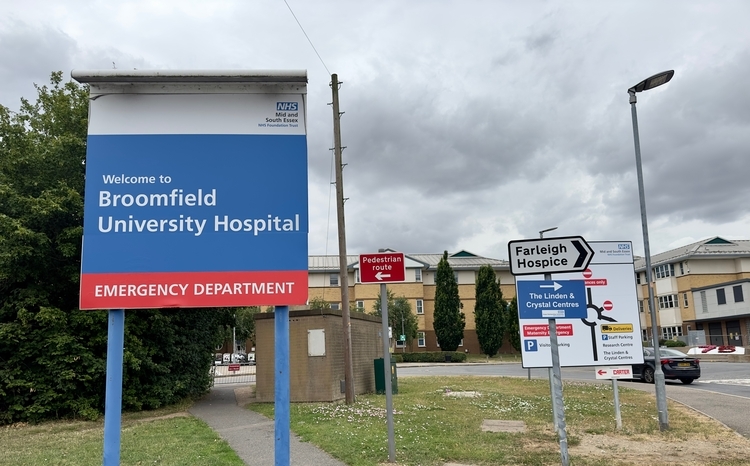Two PCTs Choose Graphnet for Integrated Electronic Records
- 29 May 2003
Halton primary care trust (PCT) and Warrington PCT are to develop an integrated XML-based repository of real-time patient records that will make integrated electronic patient records available to all local authorised healthcare staff.
The solution, to be provided by Graphnet, will extract and integrate patient data from the different IT systems of individual GP surgeries and nurse-led services, so that it is accessible to all healthcare professionals via any NHSnet PC connection in the region.
The project is supported by Cheshire and Merseyside Strategic Health Authority and will help pave the way for electronic record sharing across the North West region. It builds on a successful pilot at Halton PCT in 2002, which focused on enabling two GP surgeries and the Halebank nurse-led service to access up-to-date patient records electronically.
Following the success of this pilot, the two PCTs have now secured funding to roll out the solution to a further 18 GP practices and allied professionals, including district nurses, health visitors, physiotherapists, speech and language therapists and school health advisors. Once this has been completed the system will be rolled-out to the remaining 28 GP surgeries in the area, forming the basis of a regional EPR system.
Elaine Sutton, electronic record development manager at Halton PCT outlined the challenge: “Information about patients is often held in disparate IT or paper-based systems, making it difficult to form a complete view of a patient’s medical history and medications. Many of our staff, such as health visitors, work from numerous sites which compounds this problem even further.” She said the new system will provide staff with a complete picture of the patient at all times.
Graphnet says that its scalable, secure and open XML-based technology will enable the disparate IT systems within Halton and Warrington to fully interoperate. This will allow healthcare professionals to begin implementing integrated clinical care pathways for patients, and pave the way for the Integrated Care Record Service (ICRS) in the future.
Data will be extracted twice daily from multiple GP systems (including Torex, EMIS and InPractice) and then placed in a secure XML-based data repository. Updates made after a consultation can be inputted directly into the repository and feeder GP systems.
As part of the original 2002 pilot, an explicit consent project was carried out, which has been incorporated into the Graphnet solution. This is now being supported by a poster campaign at all GP surgeries to invite patient engagement.
Roger Everett, director of primary care at Graphnet described information as the lifeblood of primary care organisations. “Patients can be treated by numerous health professionals based in different locations and using different IT systems. It is critical that the information that is collected about patients in those disparate systems is integrated seamlessly and securely.”
The PCTs have also established a Clinical Governance Group to decide which parts of the patient record should be accessed by which clinical groups, to ensure maximum confidentiality and security for patients.
Graphnet says its XML system is fully integrated with a master patient index (MPI) download from the Exeter System, together with booking and scheduling software, and audit software to enable the production of user-defined reports. In addition, the Multilex drug dictionary is integrated to enable medication coding. The company is now working with local healthcare professionals to design consultation screens that meet specific clinical requirements.




